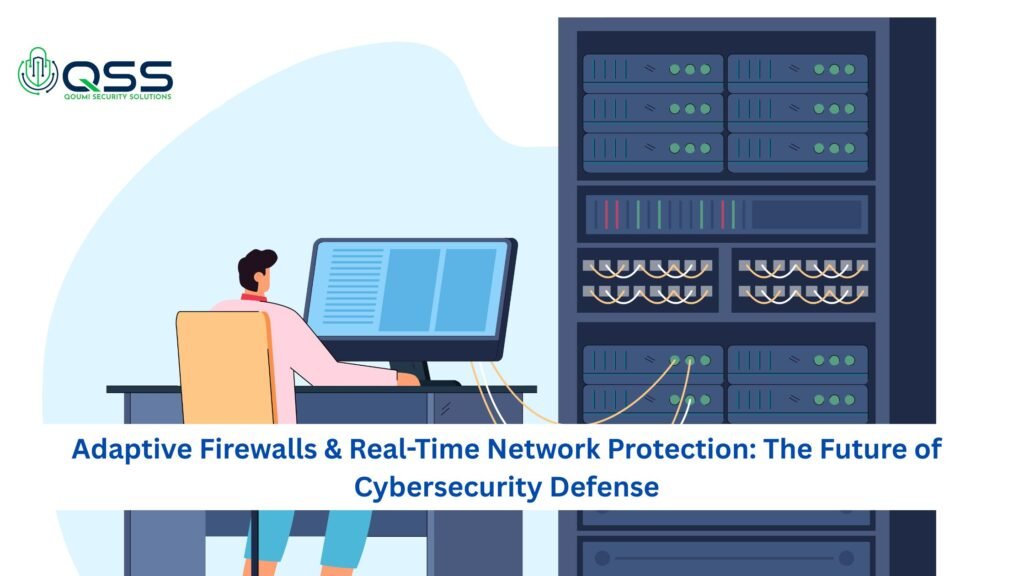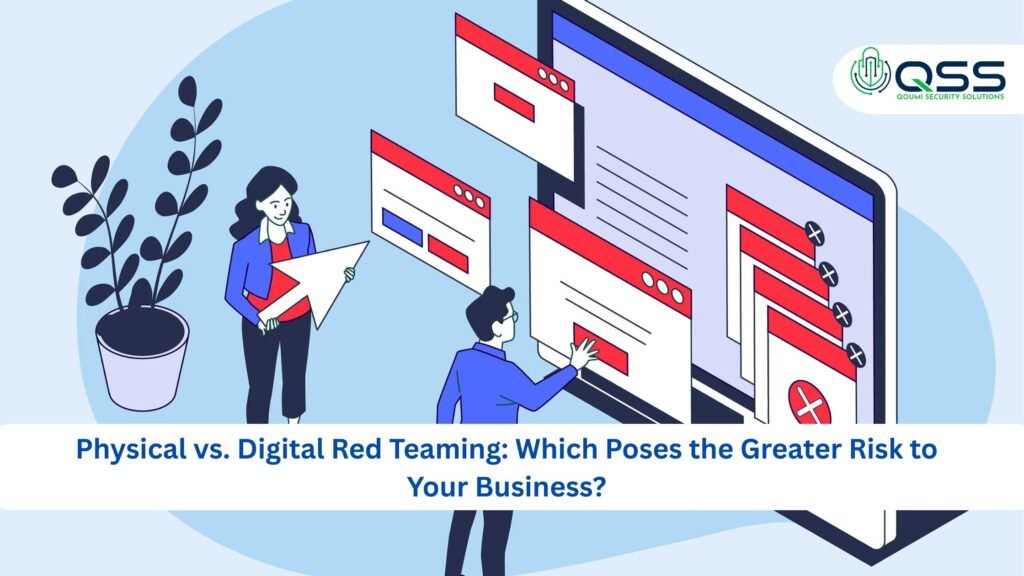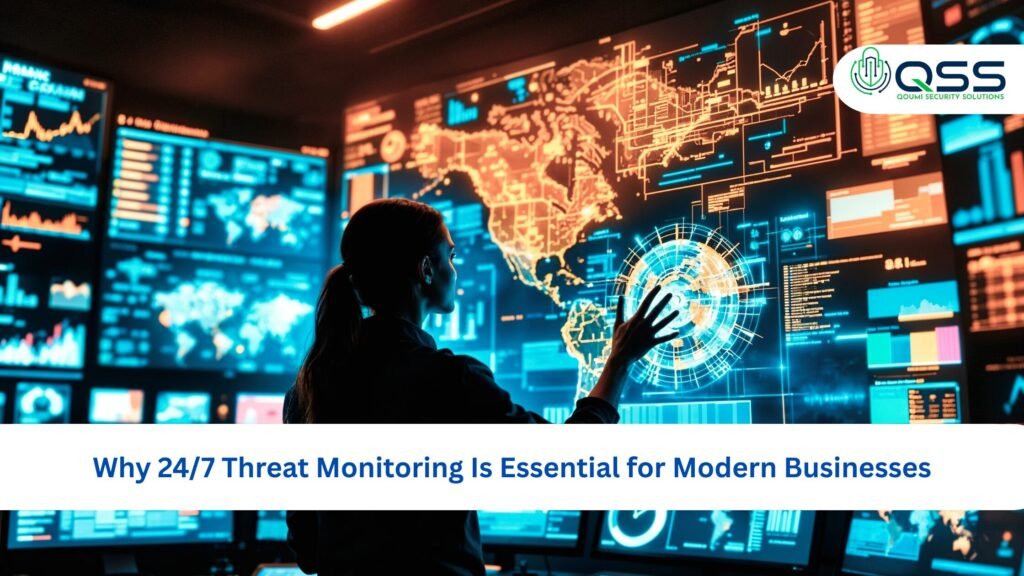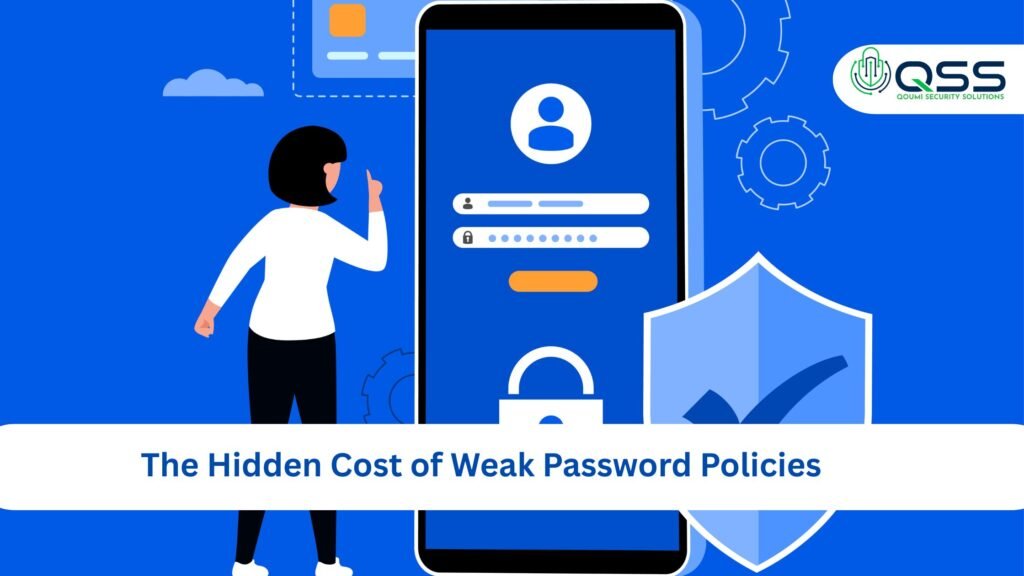Single Blog
Cybersecurity Threats in the AI Era and How to Counter Them
Cybersecurity Threats in the AI Era and How to Counter Them

The world of Artificial Intelligence is an interesting one — it takes us beyond the mundane where a robot can do our work, or take health expert decisions, and helps us further explore in areas like creating sustainable environments. And empower cybercriminals with more sophisticated weapons than ever.
The result? Higher-stakes, changing, more targeted threat landscape
This article examines several of the most dangerous cybersecurity threats that are emerging in the age of AI and offers strategies to best counter them.
1. AI-Powered Phishing Attacks
AI-Tested: Phishing isn’t new, but AI is making it terrifyingly realistic. Forget the badly written scam emails of the old days. AI is used in today’s phishing operations to harvest personal data, imitate personal writing and some form of messaging that reads so natural it easily tricks even security-aware staff.
An attacker might funnel public LinkedIn data into an AI model and generate a custom email mentioning recent projects, co-workers, or events. In one fell swoop, the recipient’s defenses are lowered — and that single click can serve as an entryway for a breach.
How to counter it:
- Advanced email filtering gives the ability to detect AI-generated phishing patterns.
- Perform phishing simulation tests with staff frequently.
- Ramp up internal security at the design and manufacturing stage — including training staff to recognize faint red flags, such as curious desperation or tiny tweaks in.
2. Deepfake and Synthetic Media Manipulation
At first, deepfakes appeared to be science fiction. AI is now able to create realistic audio and video recordings of people saying or doing things they have never said or did. This could be used for disinformation campaigns, corporate sabotage, or blackmail in the wrong hands.
Consider a deepfake video in which the CEO of a company announces fictitious financial difficulties. Before the truth is revealed, stock prices may fall precipitously, and by then, the damage will have been done.
How to counter it:
- Inform stakeholders and staff about the potential for deepfake threats.
- Invest in tools for media verification that check for manipulation in audio and video.
- Create internal verification procedures for private correspondence.
3. Autonomous Hacking Systems
Hackers no longer have to look for vulnerabilities manually now. In essence, AI-driven tools can act as independent cyberattack agents by continuously scanning networks, testing exploits, and adapting in real-time.
These systems can work on hundreds of targets at once, require no rest, and avoid human errors. Additionally, they are harder to track because their patterns are constantly changing.
How to Counter it:
- Make use of defensive tools driven by AI that can instantly identify anomalous patterns.
- Update your software and security patches frequently because even a small delay can have serious consequences.
4. Data Poisoning Attacks
With more companies adopting AI-powered analytics, cyber attackers are becoming innovative in their efforts to poison the data that fuels these systems. A data poisoning attack quietly manipulates the input data, causing the AI model to produce results that are defective, biased, or even dangerous.
Consider the healthcare industry, for instance—if the information is tainted, diagnosis AI systems could provide wrong forecasts, which could have gravely serious consequences in terms of patient treatment.
How to counter it:
- Adopt stringent data validation and cleaning procedures prior to inputting information into AI systems.
- Install access controls to limit individuals who can manipulate training data.
- Monitor outputs for unusual trends or changes in accuracy.
5. AI-Augmented Ransomware
While common ransomware encrypts your data and holds it for ransom, AI-augmented ransomware ups the ante. It learns about your network operation, identifies your most critical systems, and schedules the attack for peak impact.
Some variations even negotiate ransoms in amounts tied to a firm’s perceived cash availability, which they can deduce from publicly available financial data.
How to counter it:
- Make regular backups of all data, securely and offline.
- Employ behavior-based detection systems rather than signature-based systems alone.
- Have a tested and well-rehearsed incident response plan—since panic is the last thing to have when your network has been hit by ransomware.
6. Supply Chain Attacks Amped Up with AI
Cybercrooks are targeting suppliers and partners more and more rather than attacking firms directly. AI can chart supply chain connections and identify the weakest link, facilitating penetration.
A tainted software update from a well-known provider might infect thousands of organisations in a single stroke — a la the notorious SolarWinds attack.
How to counter it:
- Screen suppliers and third-party vendors for their cybersecurity processes.
- Implement zero-trust security principles — never trust on origin.
- Monitor partner systems and integrations constantly for anomalous activity.
7. Real-Time Social Engineering
Social engineering was always a matter of manipulating individuals, but AI makes it possible now for attackers to do so at scale and in real-time. Voice cloning technology can mimic a manager’s voice, telling an employee to move money or release sensitive documents.
If a bad guy can talk to the user in a voice with which they are familiar, sidestepping usual verification processes becomes much more probable.
How to counter it:
- Implement multi-channel verification for risky requests.
- Educate teams on new voice and video spoofing threats.
- Implement authentication codes or secondary approvals for sensitive behavior.
Constructing a Cybersecurity Strategy for the AI Era
It’s simple to get overwhelmed by the elegance and number of AI-powered threats. But with the appropriate strategy, companies can remain ahead of the game. An efficient modern cybersecurity strategy must feature:
Monitoring in real-time: Systems for detecting anomalies in real-time can isolate suspicious patterns before they become problems.
Defenses in layers: Mixing vintage tools with AI-based security solutions eliminates single points of failure.
Expertise in people: Technology is strong, yet seasoned security experts provide context, imagination, and versatility.
Continuous training: Security awareness is a part of corporate culture, not an isolated seminar.
The Human Factor
It’s easy to get caught up in focusing only on the technology, but ultimately each breach has some human aspect. Attackers take advantage of curiosity, trust, and habit. End users clicking links, using the same password multiple times, or ignoring updates are still some of the biggest threats—and the most fixable ones.
Establishing a culture in which security is second nature is usually the cheapest defense. When individuals know the why behind the protocols, they’re much more likely to adhere to them.
Conclusion:
AI is transforming the world of cybersecurity at a rate unparalleled in history. Although it provides untold potential for protecting networks, it also provides cybercriminals with new capabilities to leverage vulnerabilities quicker and better than ever before.
For companies, the call is simple: evolve or get left behind. That involves investing in technology and human knowledge to stay ahead of these threats.
At Quomi Cyber Security Solutions, proactive, intelligence-based security is our priority. From AI-powered threat detection to expert-performed vulnerability checks, our methodology fuses the best of human expertise and innovative technology to secure businesses in the AI age. The threats are changing, but with the right approach, your defenses can change even more quickly.





